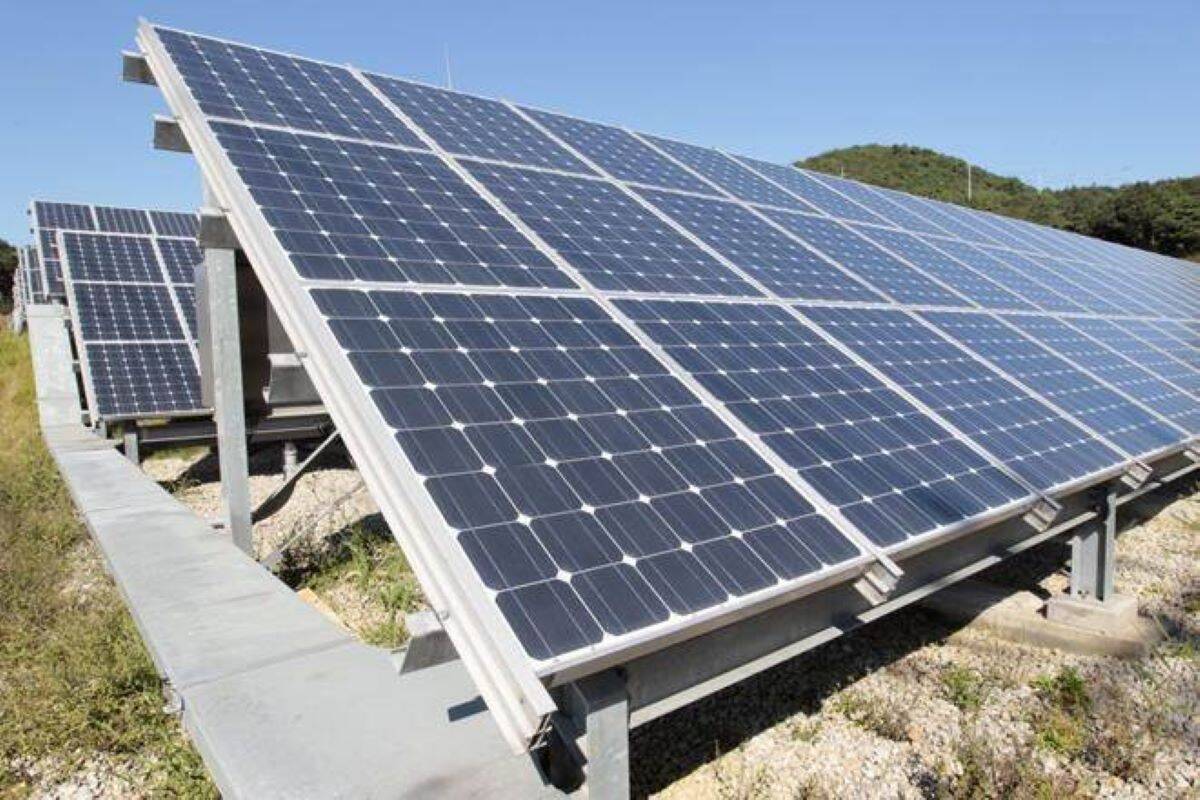According to Mercom’s India Solar Project Tracker, Rajasthan became the first state in India to reach 10 GW of cumulative large-scale solar installations. The state has a total installed power capacity of 32.5 GW, with renewables accounting for 55 percent, thermal energy for 43 percent, and nuclear energy accounting for the remaining 2%. Solar is the most common energy source, accounting for roughly 36 percent of total capacity and 64 percent of renewables.
Buy Prime Test Series for all Banking, SSC, Insurance & other exams
Key Points:
- The thermal contribution was largest in the first quarter of FY 2021-22.
- Rajasthan has some of the highest sun irradiation levels in the country, as well as other advantages such as land availability and few power outages.
- These favourable conditions have prompted neighbouring states, such as Maharashtra, to establish power-generation plants in Rajasthan.
- Other notable projects include those created by NTPC and the Solar Energy Corporation of India (SECI), as well as those developed as part of the Rajasthan State Solar Policy.
- Rajasthan has about 16 GW of solar projects under development, according to Mercom’s India Solar Project Tracker.
- The total amount of SECI-awarded projects is 11.6 GW, with 6.2 GW being interstate transmission system (ISTS) projects.
- Despite numerous projects being stuck owing to the Great Indian Bustard (GIB) issue, installations grew.
About Rajasthan Solar Energy Policy:
- Rajasthan’s Solar Energy Policy 2019 was issued in 2019, with the goal of achieving a 30 GW solar power target by FY 2024-25.
- Utility or grid-scale solar parks will account for 24 GW, distributed production will account for 4 GW, rooftop solar and solar pumps will each account for 1 GW.
THDC India, a state-owned company, recently signed a Letter of Intent (LoI) to construct a power plant. State-owned THDC India has signed a Letter of Intent (LoI) with Rajasthan Renewable Energy Corporation Limited to build 10 GW of solar power plants in a 74:36 joint venture, involving a $100 billion ($1.33 billion) investment.




 Which is the Highest Desert in the World...
Which is the Highest Desert in the World...
 U-19 Asia Cup Schedule 2025: Full List o...
U-19 Asia Cup Schedule 2025: Full List o...
 U-19 Asia Cup 2025, Vaibhav Suryavanshi ...
U-19 Asia Cup 2025, Vaibhav Suryavanshi ...







